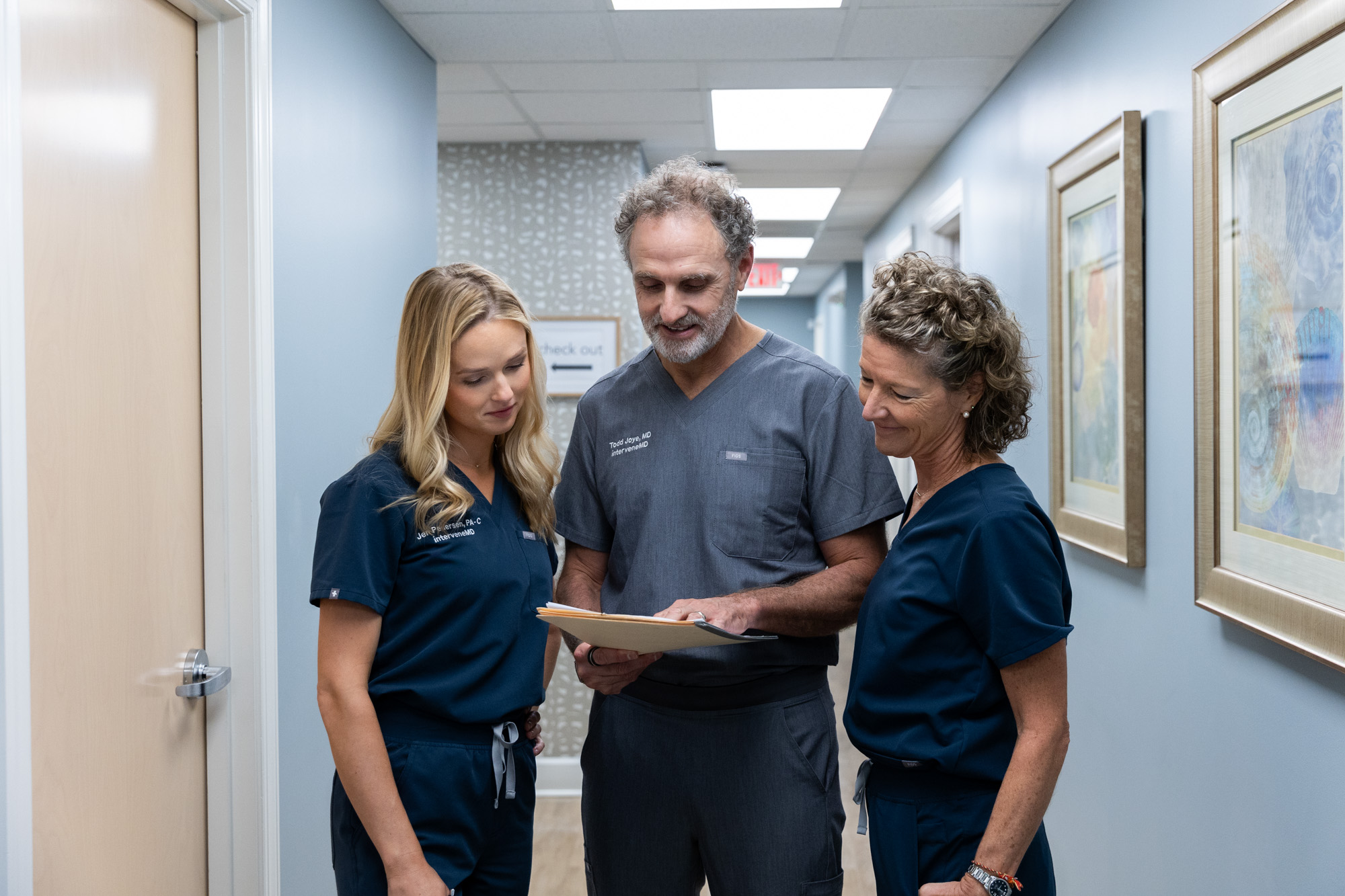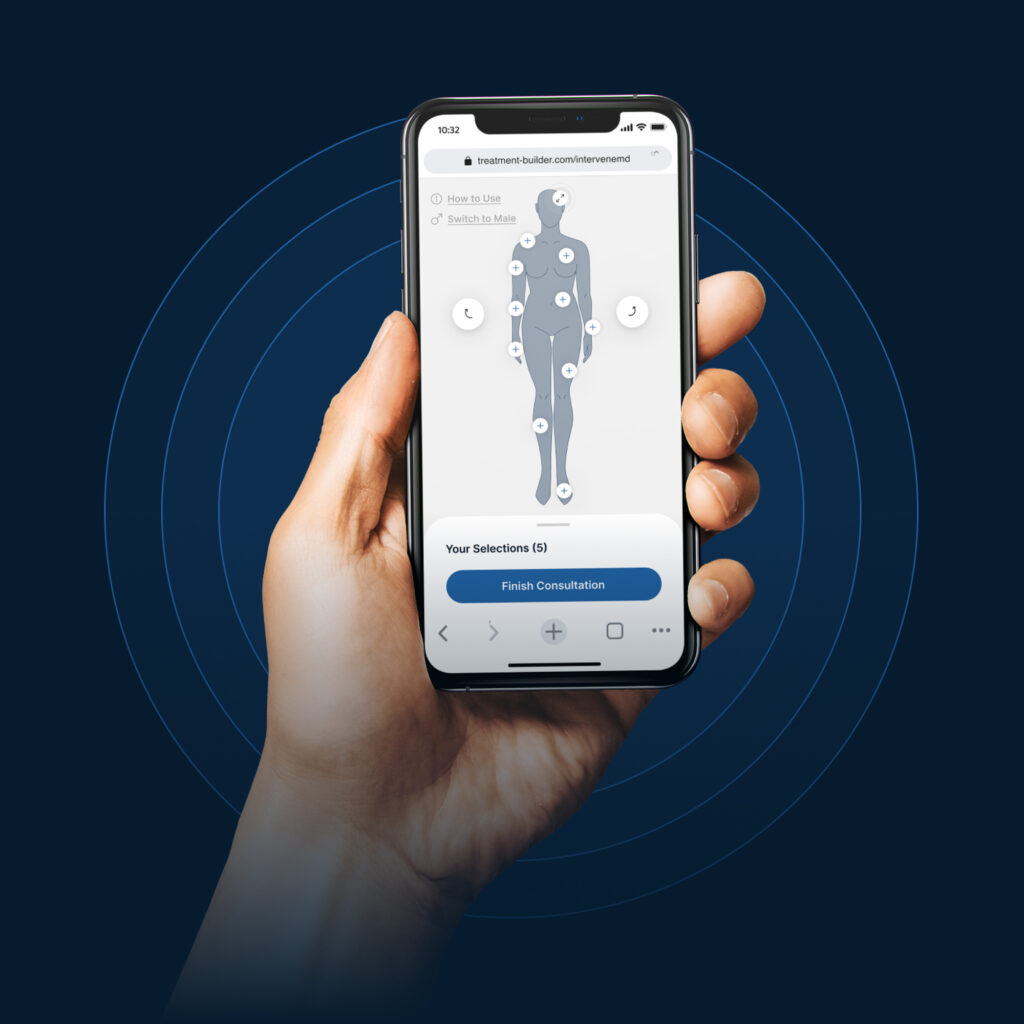
Heidi Whaley knows all too well about enduring chronic pain day in and day out. She describes it simply as “exhausting.”
For years, Whaley had a cyst on her sciatic nerve. Over a five-year period, the cyst started causing increasing amounts of pain, and she decided to have it removed in December 2005. But even after the surgery, the pain persisted.
“I kept thinking as it healed the pain would let up. It didn’t,” recalls Whaley. “I kept doing physical therapy, but it didn’t help. Nerve blocks gave me temporary relief. Finally, my neurosurgeon recommended a spinal stimulator.”
A spinal stimulator involves the surgical implantation of a pulse generator, which is about the size of an Oreo cookie, buried underneath the skin in the soft tissue of the lower back. The generator, which can be recharged outside the skin, is connected to wires that lead to electrodes threaded through the dorsal columns of spinal cord and provide low levels of electrical current, controlled by the patient with a remote control, that interrupt nerve impulses to the brain.
Whaley had a trial stimulator implanted in March 2008 and a permanent one put in three months later.
The verdict:
“It is fabulous,” says Whaley, who works as business manager for Charleston Day School. “It has totally changed my life.”
The last resort
Pain usually is a good thing. It is the body’s way of telling an individual something’s wrong. But often, pain signals go haywire and won’t shut off. Ever.
Like Whaley, some people face life events that, after all, surgical and rehab efforts have failed, leaving them in chronic pain. It’s a situation that not only reduces or eliminates someone’s ability to work but to have an enriching life and relationships.
That’s where interventional pain management, a discipline devoted to the diagnosis and treatment of pain-related disorders, can step in. The goals of IPM are to relieve, reduce, or manage pain and improve a patient’s overall quality of life through minimally invasive techniques specifically designed to diagnose and treat painful conditions.
An array of pain management services is available in the Charleston area, including clinics at the Medical University of South Carolina and Roper St. Francis (see accompanying information).
Dr. Todd Joye, a board-certified interventional pain management physician at Intervene MD (formerly Pain Associates of Charleston), has been treating chronic pain sufferers in the Lowcountry for a decade and says some may not know of all alternatives to narcotic drugs.
“The procedures that we do are rarely as bad to have done as the patient thinks they will be,” says Joye. “Many patients hear the word ‘interventional’ or ‘nerve block’ or ‘injection,’ and they think it will be a horrible experience. That is just not the case, as nearly all of our procedures can be done with minimal discomfort.”
Spinal stimulation, Joye notes, is one treatment that has been around for decades but remains somewhat obscure.
“The most common indication for spinal stimulation is for someone who has low back and leg pain, but it is also used to treat neck and arm pain as well,” says Joye. “Additional problems that have been treated with this device are intractable angina (chest pain), peripheral vascular disease, and chronic regional pain syndrome.”
Pain-relief arsenal
In some chronic pain cases, Joye admits, the best he may be able to do is ease, not totally relieve, a person’s pain.
At age 35, Clarke Johnson of Goose Creek was a strapping man who worked hard and enjoyed waterskiing, hunting, and fishing. Then, he injured both arms in a work accident. After 15 surgeries, including replacing his elbows with titanium joints, he suffered from pain so horrible that “I was eating pain pills every two to three hours to cover up the pain.” He fantasized about cutting off his arms and even contemplated suicide.
“I went from being a very productive person to being secluded,” says Johnson, now 48. “I stayed inside my house for two years and couldn’t even talk. When you are in pain constantly, you can’t sleep and are in a terrible mindset.”
Eventually, he sought to manage his pain. With Johnson, who later was involved in a car accident that injured his back, Joye says he uses a variety of approaches to achieve as much pain relief as possible without depending too heavily on one, such as narcotics. Those approaches can include anti-seizure medications, anti-depressants, nerve blocks, muscle relaxers, and anti-inflammatories.
Johnson has to make visits to Joye every seven to 10 days, or else his pain returns, but Johnson says it’s worth it.
“I owe my sanity and my life to him,” says Johnson, who is physically limited but now funnels his energy into helping the Shriners raise money for burned children. “Until a person is injured to the point that I was, I think everyone’s skeptical of pain management. I didn’t believe it, but I’m a believer now.”
Reach David Quick at 937-5516 or dquick@postandcourier.com.


